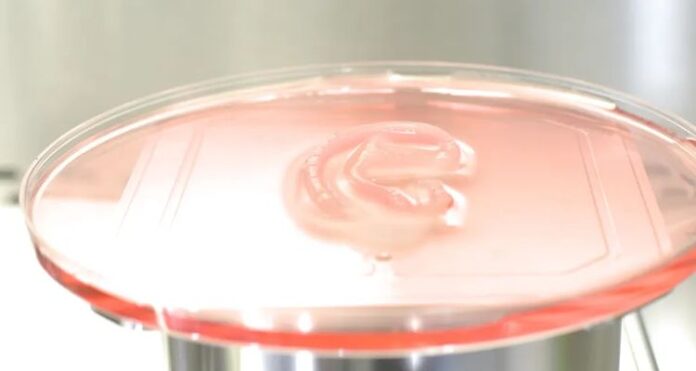| Translate This News In |
|---|
A 20-year-old woman in The Us has become the first to successfully undergo an ear transplant using 3D printed technology. According to the New York Times, 3DBio Therapeutics – a regenerative medicine company that created an ear skin graft for the patient made from her living cells – conducted the first of its kind clinical trial. It is hoped that the groundbreaking procedure will be used to treat people with microtia, a rare congenital affliction in which one or both outer earlobes are absent or incompletely formed.
The transplant was performed on Alexa, a 20-year-old Mexican woman born with a small and malformed right ear. According to 3DBio Therapeutics, the ear was designed to mimic the woman’s other ear and will continue to regenerate cartilage, giving it the appearance and feel of a natural ear.
The 3D bio-printed living tissue ear implant was created using AuriNovo, a “groundbreaking” investigational pairing product for the reconstruction of the outer ear in patients with microtia, according to the company. According to the media outlet, the procedure was led by Dr. Arturo Bonilla, an ear reconstructive surgeon and the founder of the Microtia-Congenital Ear Deformity Institute in San Antonio, Texas.
“As a physician who has handled thousands of children with microtia from across the country and world, I am motivated by what this technology may mean for microtia patients and their families,” Dr. Bonilla said after the successful transplant. This study will investigate the safety and aesthetic properties of this new ear reconstruction procedure using the patient’s own skin.
According to the New York Times, Dr. Bonilla added that the approach could replace current techniques for outer ear reconstruction, which involve taking cartilage from patients’ ribs, a more painful surgery, or the use of porous polyethylene (PPE) implantable devices, with ears reconstructed using the new implant thought to become more flexible. He also expressed hope that a procedure like this will aid in the development of “confidence” and “self-esteem” in microtia patients.
Separately, Dr Daniel Cohen, CEO of 3DBio, called the technology’s real-world application “a truly historic moment.” He expressed hope that the clinical trial would have implications beyond microtia.


















